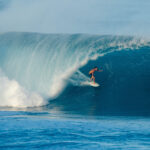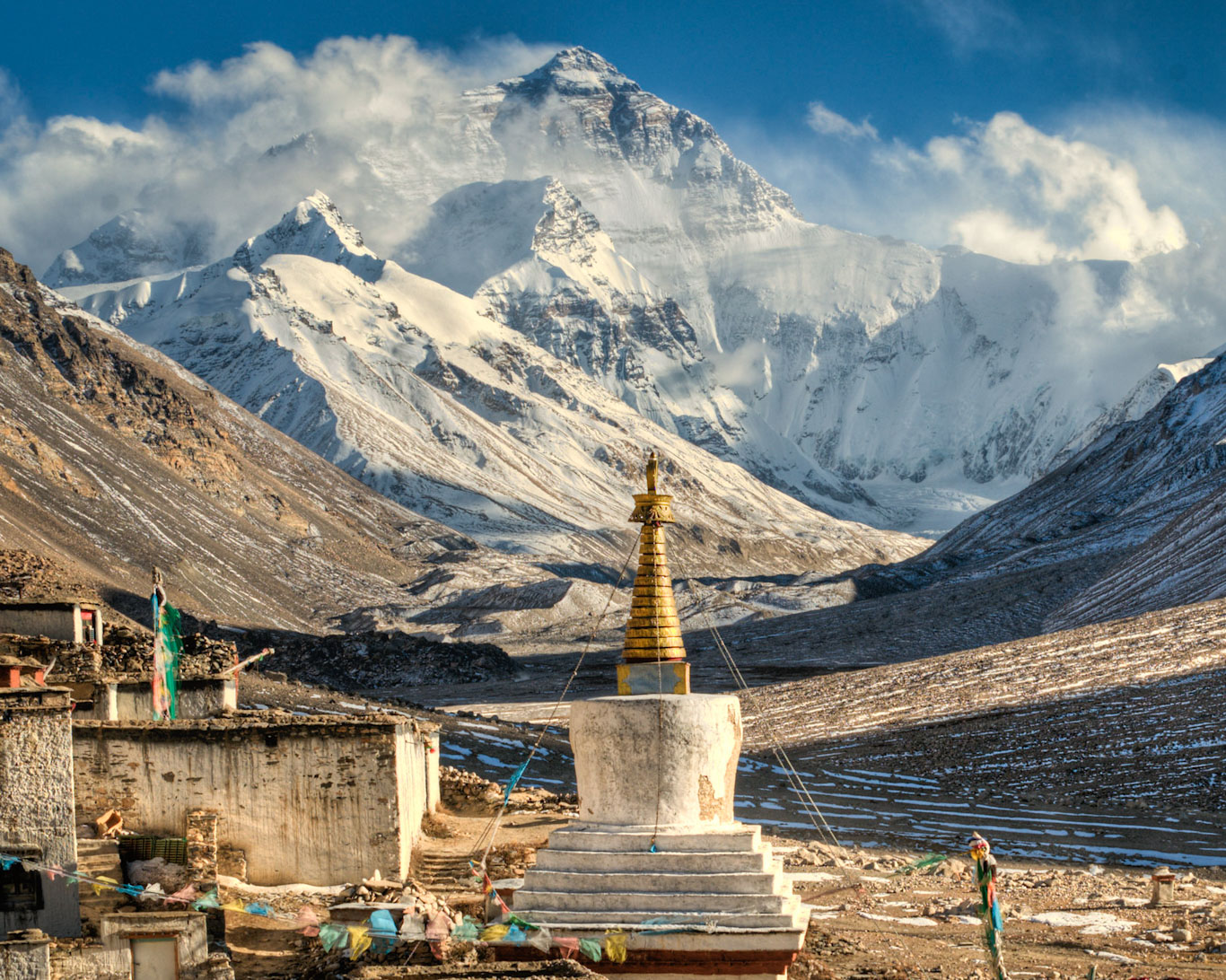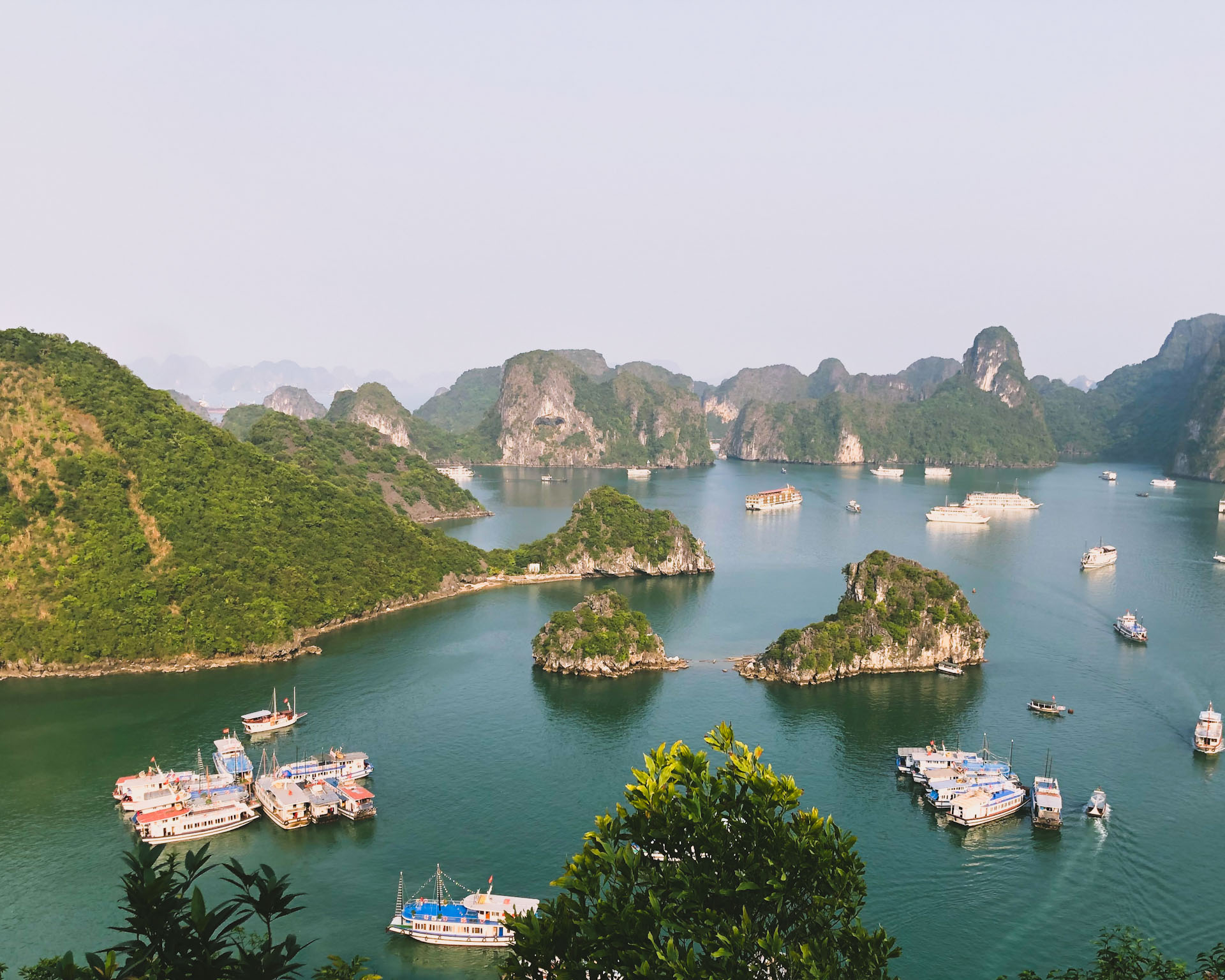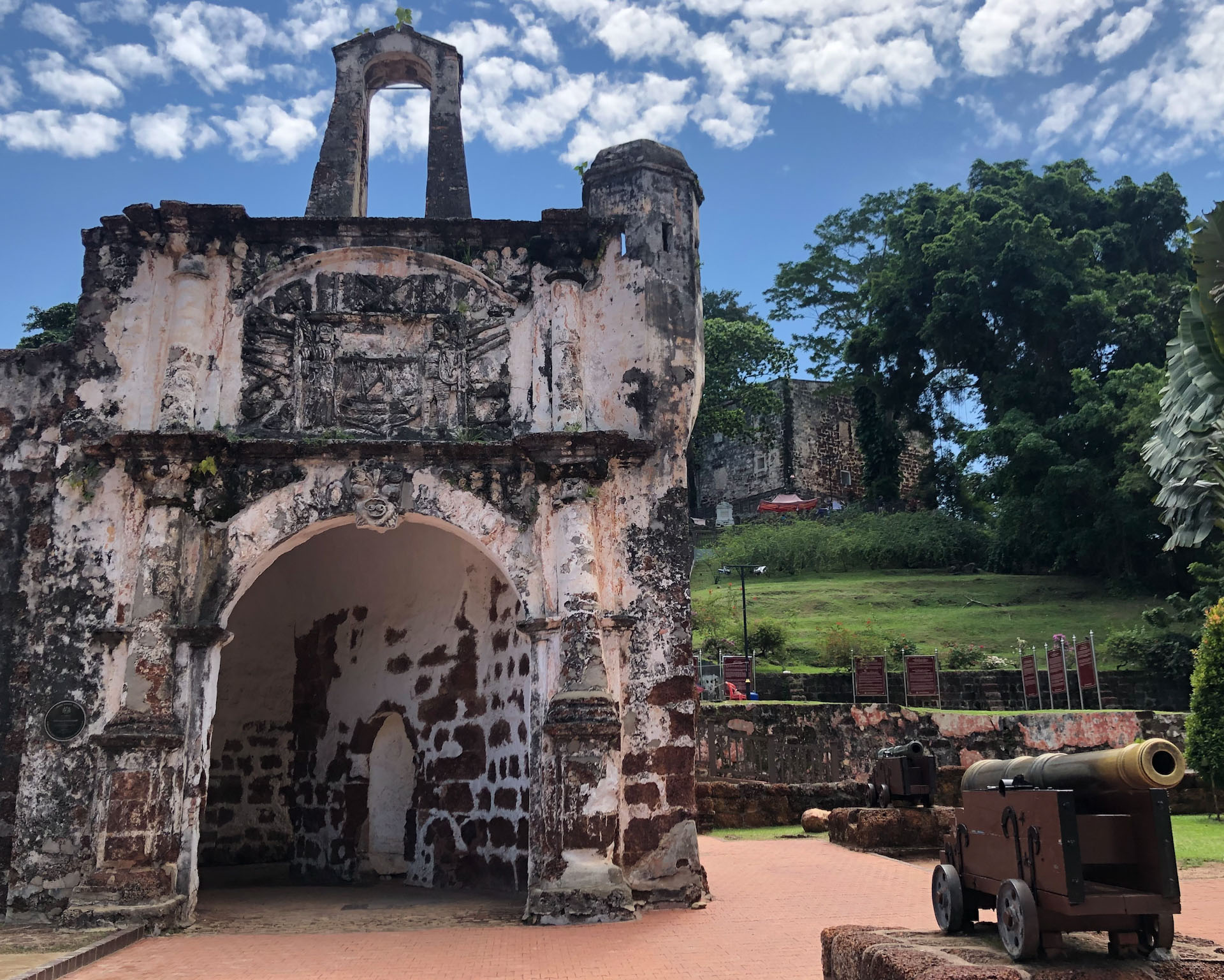Nepal is a paradise for mountain lovers, as it has some of the most magnificent and diverse mountains in the world. Whether you want to trek, climb, or just admire them, you will surely find a mountain that suits your taste and preference
Nepal is a landlocked country in South Asia, situated between India and China. It is home to some of the most spectacular and diverse landscapes on Earth, ranging from the fertile plains of the Terai to the rugged highlands of the Himalayas. Nepal is also blessed with the highest concentration of mountains in the world, hosting eight of the fourteen peaks above 8,000 meters, including the highest of them all, Mount Everest. These mountains are not only natural wonders, but also cultural and spiritual symbols for the Nepalese people and the millions of visitors who come to admire them every year.
In this blog post, we will provide you with a list and a short description of some of the most famous and beautiful mountains in Nepal. We will also give you some tips on how to plan your trip, what to expect, and what to pack for your mountain adventure.
The Eight-Thousanders
The eight-thousanders are the 14 mountains that are higher than 8,000 meters (26,247 feet) above sea level. They are all located in the Himalayan and Karakoram ranges in Asia. Nepal has eight of them, which are:
- Mount Everest (8,848 m): The highest mountain in the world, located in the Khumbu region of eastern Nepal. It is also known as Sagarmatha in Nepali and Chomolungma in Tibetan.
- Kanchenjunga (8,586 m): The third highest mountain in the world, located in the far eastern part of Nepal. It is also known as Kangchen Dzö-nga in Tibetan, meaning “Five Treasures of the Snow”.
- Lhotse (8,516 m): The fourth highest mountain in the world, located in the Khumbu region of eastern Nepal. It is also known as Lho Tse in Tibetan, meaning “South Peak”.
- Makalu (8,463 m): The fifth highest mountain in the world, located in the eastern part of Nepal. It is also known as Makālu in Nepali and Tibetan, meaning “The Great Black One”.
- Cho Oyu (8,201 m): The sixth highest mountain in the world, located in the Khumbu region of eastern Nepal. It is also known as Cho Oyu in Nepali and Tibetan, meaning “Turquoise Goddess”.
- Dhaulagiri I (8,167 m): The seventh highest mountain in the world, located in the western part of Nepal. It is also known as Dhaulāgiri in Nepali and Sanskrit, meaning “White Mountain”.
- Manaslu (8,163 m): The eighth highest mountain in the world, located in the central part of Nepal. It is also known as Manaslu in Nepali and Sanskrit, meaning “Mountain of the Spirit”.
- Annapurna I (8,091 m): The tenth highest mountain in the world, and the highest peak of the Annapurna massif, located in the western part of Nepal. It is also known as Annapurna in Nepali and Sanskrit, meaning “Goddess of the Harvests”.
These eight mountains are the ultimate challenge for mountaineers, as they require high levels of skill, experience, and equipment to climb. They also pose many risks, such as altitude sickness, avalanches, crevasses, and extreme weather. However, they also offer unparalleled views, adventure, and satisfaction for those who dare to conquer them.
Other Popular Mountains and Peaks
Besides the eight-thousanders, Nepal has many other mountains and peaks that are popular among trekkers, climbers, and adventurers. Some of them are:
- Nuptse (7,861 m): A massive peak with a steep face, located in the Khumbu region of eastern Nepal. It is also known as Nuptse in Nepali and Tibetan, meaning “West Peak”.
- Pumori (7,161 m): A beautiful peak with a pyramid-like form, located in the Khumbu region of eastern Nepal. It is also known as Pumori in Nepali and Tibetan, meaning “Unmarried Daughter”.
- Ama Dablam (6,812 m): A stunning peak with a distinctive shape, located in the Khumbu region of eastern Nepal. It is also known as Ama Dablam in Nepali and Tibetan, meaning “Mother’s Necklace”.
- Mera Peak (6,476 m): The highest trekking peak in Nepal, located in the eastern part of Nepal. It is also known as Mera Peak in Nepali and Tibetan, meaning “Peak”.
- Island Peak (6,189 m): A popular peak for beginner climbers, located in the Khumbu region of eastern Nepal. It is also known as Imja Tse in Nepali and Tibetan, meaning “Island Peak”.
- Kalapattar (5,545 m): A rocky hill with a close-up view of Everest and other peaks, located in the Khumbu region of eastern Nepal. It is also known as Kalapattar in Nepali and Hindi, meaning “Black Rock”.
- Gokyo Ri (5,357 m): A small peak with a panoramic view of the Everest region, located in the Khumbu region of eastern Nepal. It is also known as Gokyo Ri in Nepali and Tibetan, meaning “Gokyo Peak”.
These are some of the most famous and beautiful mountains and peaks in Nepal that you should not miss if you are a mountain lover. However, Nepal has many more mountains and peaks to offer, each with its own beauty and charm. So, if you have more time and energy, you can also explore other regions, such as Langtang, Ganesh, Manaslu, Mustang, Dolpo, and Kanchenjunga.
Tips for Visiting Nepal Mountains
If you are planning to visit the mountains of Nepal, here are some tips that will help you have a safe and enjoyable trip:
Do your research: Before you book your trip, make sure you do some research on the mountains you want to visit, the best time to go, the difficulty level, the permits required, the costs involved, and the services available. You can also read some reviews and blogs from previous travelers to get some insights and tips.
- Choose a reliable operator: If you are going for trekking or climbing, it is advisable to choose a reliable and reputable operator who can provide you with professional guides, porters, equipment, transportation, accommodation, and food. You can also check their credentials, reviews, and ratings online or through word-of-mouth.
- Prepare yourself physically and mentally: Trekking or climbing in the mountains of Nepal is not a walk in the park. It requires a good level of fitness, stamina, and acclimatization to cope with the high altitude, long walking days, steep slopes, and changing weather. You should also prepare yourself mentally for the challenges and risks that you may face along the way.
- Pack wisely: Packing for a mountain trip can be tricky, as you need to balance between weight and comfort. You should pack only the essentials that you will need for your trip, such as clothing, footwear, toiletries, medication, snacks, water, camera, etc. You should also pack some layers of clothing that can keep you warm and dry in different temperatures and conditions. You should also pack some extra cash for emergencies and tips.
- Respect the culture and nature: Nepal is a country with rich and diverse cultures and traditions. You should respect the local people, their customs, beliefs, and values. You should also respect the nature, the wildlife, and the environment. You should not litter, pollute, or damage the natural resources. You should also follow the rules and regulations of the protected areas.
- Enjoy the experience: Last but not least, you should enjoy the experience of visiting the mountains of Nepal. You should appreciate the beauty, the adventure, and the satisfaction that the mountains offer. You should also make some memories, take some pictures, and share your stories with others.
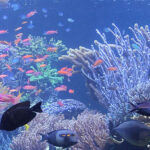
Marshall Islands Marine Life
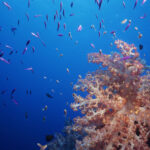
Fiji underwater world
